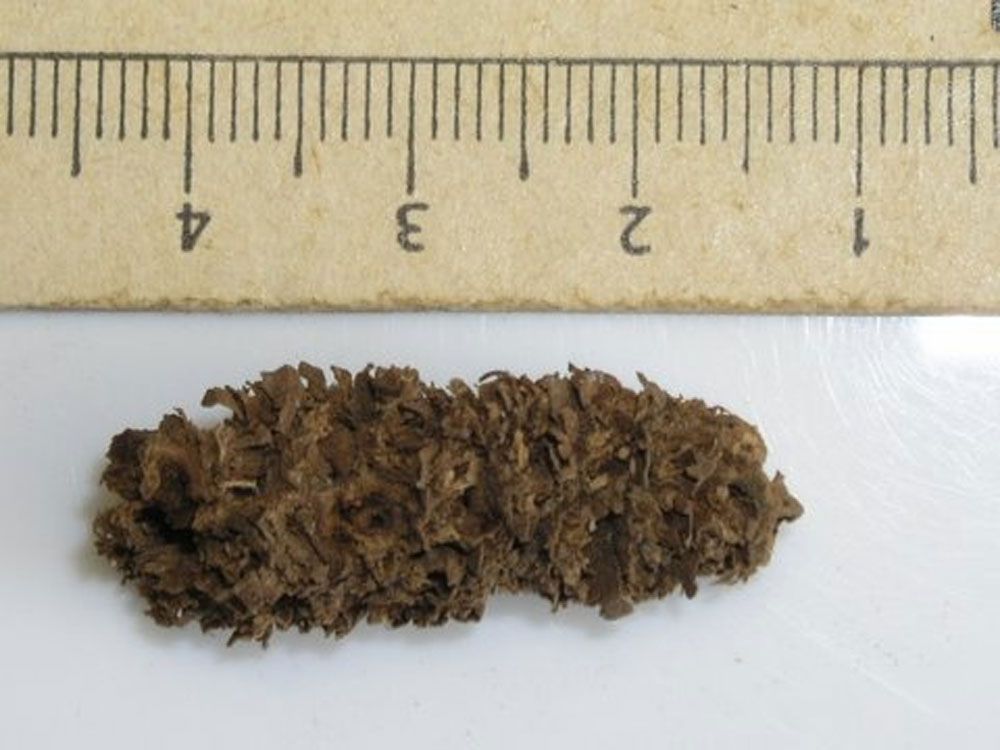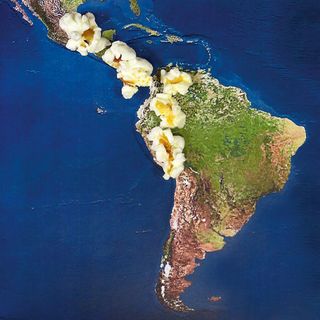Evidence for Oldest Popcorn in South America Discovered

They may not have had television sets, but ancient Peruvians did share one part of our movie-watching culture: popcorn. Researchers have found evidence that societies living along the coast of Peru were eating the air-filled snack about 1,000 years earlier than previously estimated — even predating the use of ceramic pottery.
Corn husks, stalks, cobs and tassels (pollen-producing flowers on corn) dating from 6,700 to 3,000 years ago were unearthed at Paredones and Huaca Prieta, two sites on Peru's northern coast, by American and Peruvian researchers. "The evidence was unearthed during the past three years," study researcher Dolores Piperno, curator of New World archaeology at the Smithsonian's National Museum of Natural History and emeritus staff scientist at the Smithsonian Tropical Research Institute, told LiveScience.

The characteristics of the corncobs suggest that the sites' ancient inhabitants prepared and ate corn in several ways, including making corn flour and popcorn.
The researchers also found corn microfossils containing starch grains and phytoliths, which are microscopic particles formed by plants and mainly composed of silicon dioxide. The Peruvian popcorn is the oldest macrofossil evidence for popcorn in South America. Despite the presence of these corn products, corn was still not an important part of the ancient people's diet, the researchers said.
"Corn was first domesticated in Mexico nearly 9,000 years ago from a wild grass called teosinte," Piperno said in a statement. "Our results show that only a few thousand years later, corn arrived in South America, where its evolution into different varieties that are now common in the Andean region began."
Piperno added, "This evidence further indicates that, in many areas, corn arrived before pots did, and that early experimentation with corn as a food was not dependent on the presence of pottery."
Studying the subtle changes and evolution of corn characteristics is challenging because corncobs and kernels don't preserve well in the humid, tropical forests between Central and South America, which held the primary dispersal routes for the crop after it first left Mexico about 8,000 years ago, according to the researchers.
Sign up for the Live Science daily newsletter now
Get the world’s most fascinating discoveries delivered straight to your inbox.
"Because there is so little data available from other places for this time period, the wealth of morphological information about the cobs and other corn remains at this early date is very important for understanding how corn became the crop we know today," Piperno said.
"The oldest evidence anywhere for what is likely a popcorn comes from the region where maize was domesticated in southwest Mexico, and is based on microfossil — phytolith and starch grain — data," Piperno said.
The study was published Jan. 17 in the journal Proceedings of the National Academy of Sciences.
You can follow LiveScience writer Remy Melina on Twitter @remymelina. Follow LiveScience for the latest in science news and discoveries on Twitter @livescience and on Facebook.












